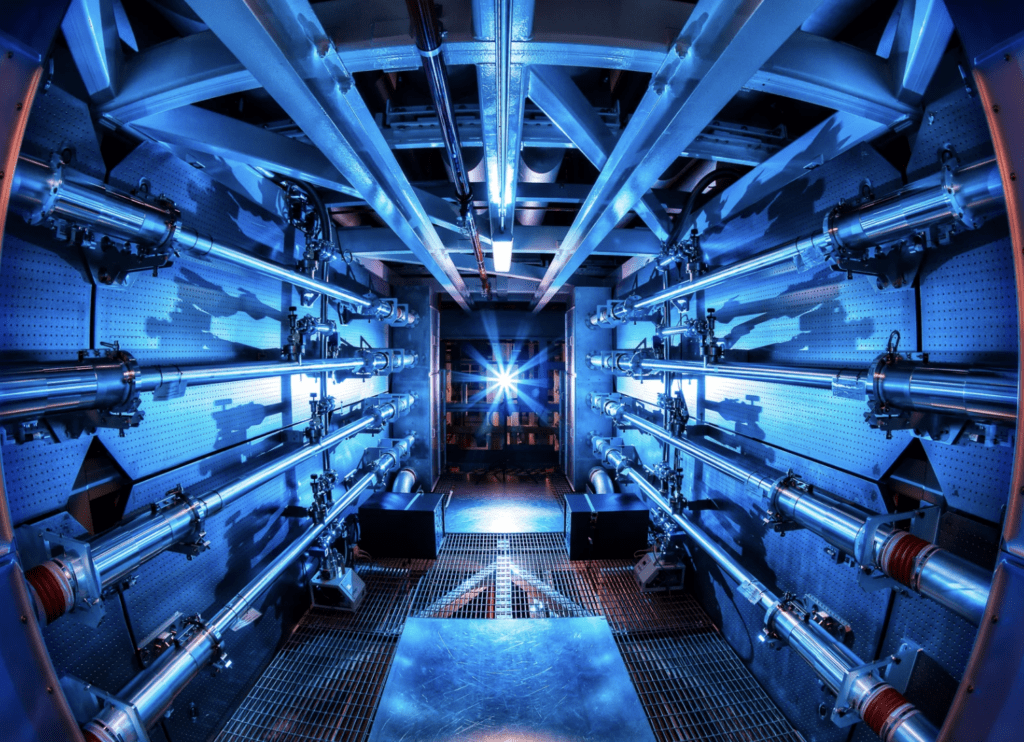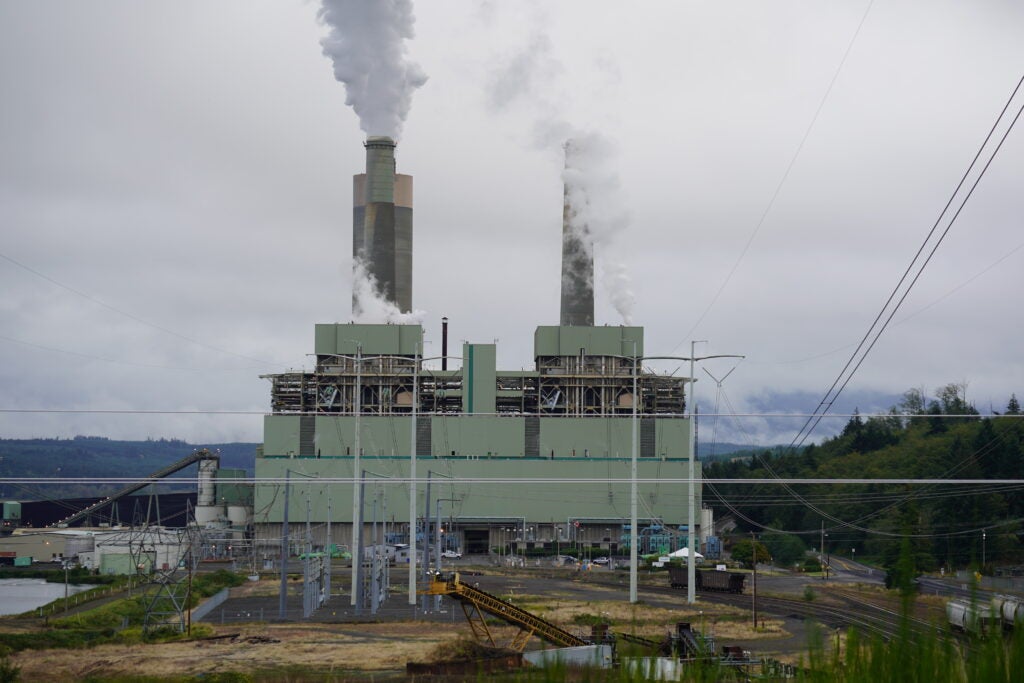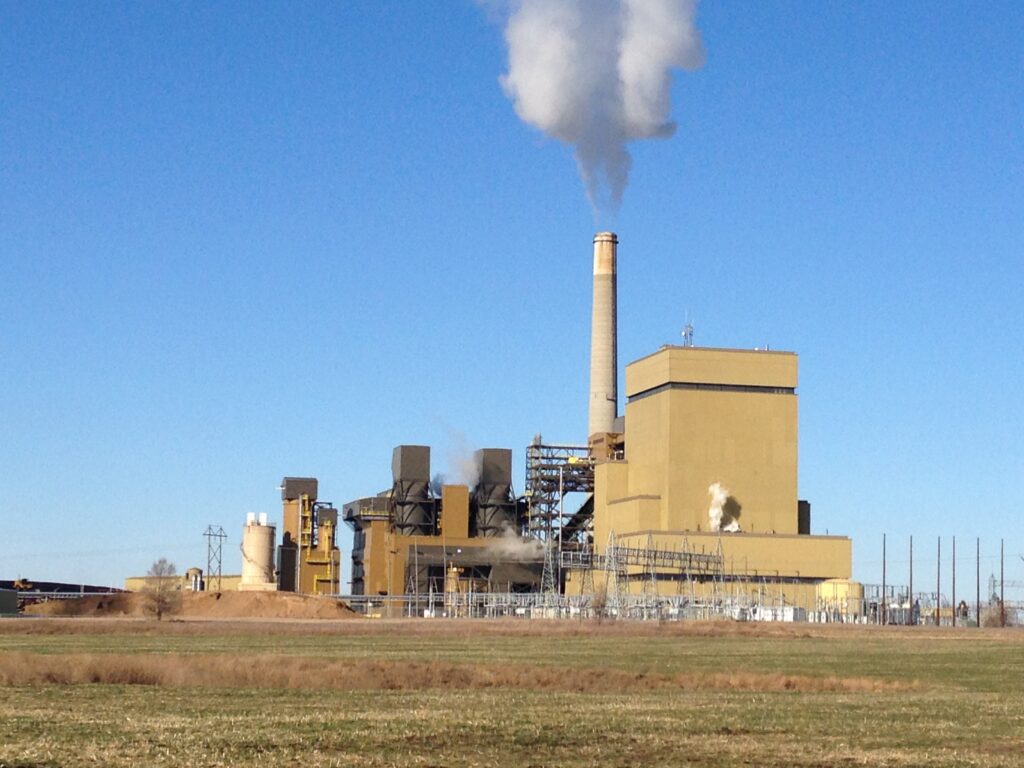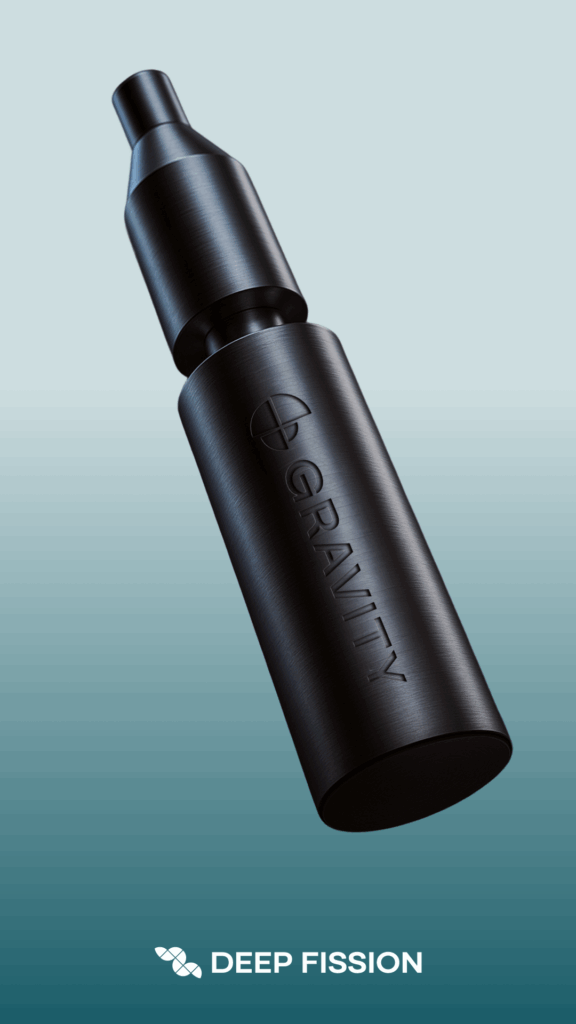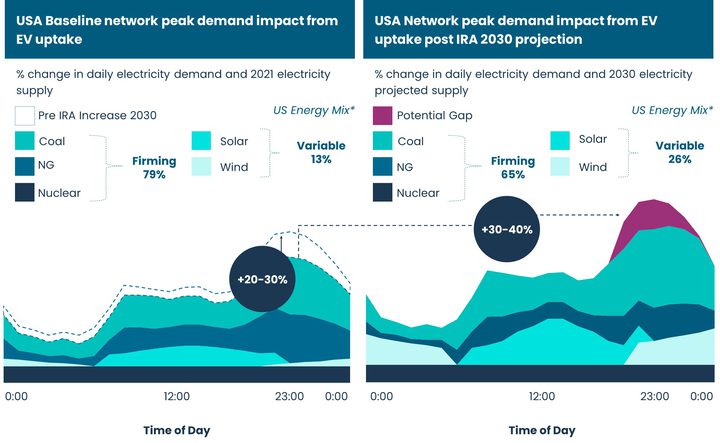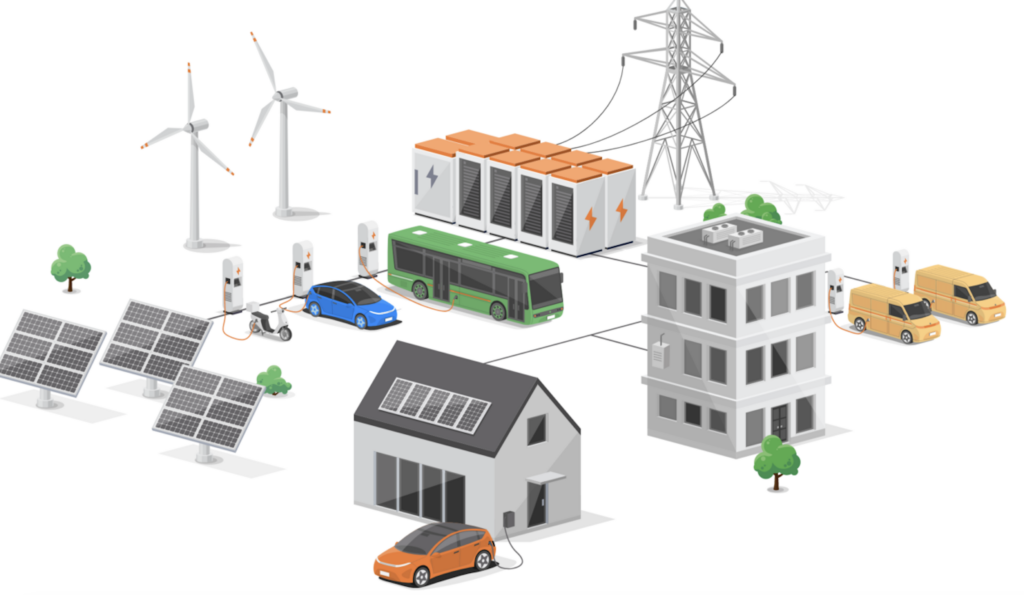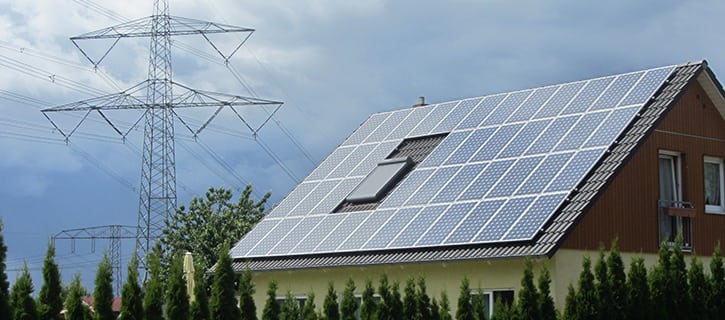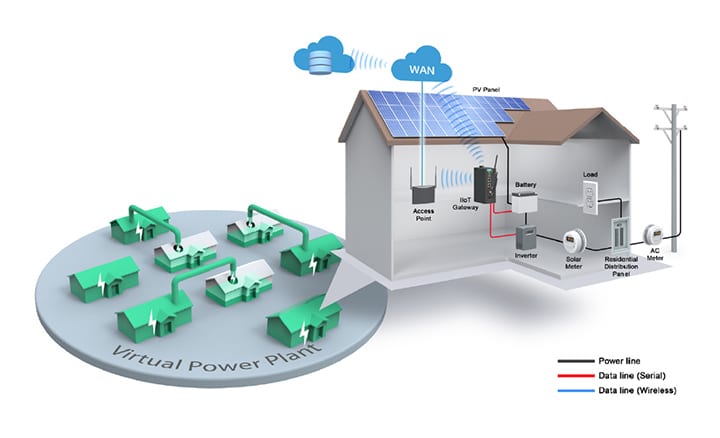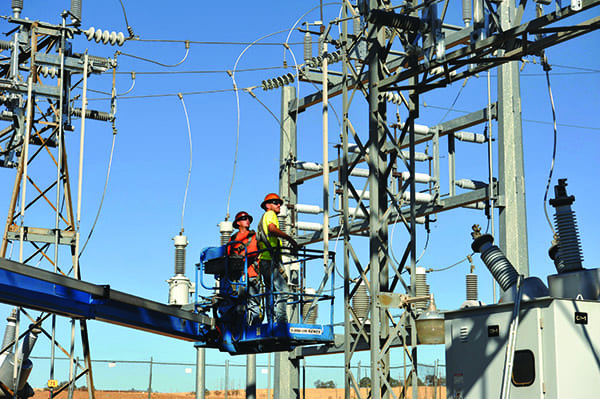COMMENTARY
A substantial shift in implementation of distributed energy resources (DERs) is on the horizon with the collision of new technologies and higher energy demand. Innovation is spawning an abundance of potential behind-the-meter DERs, which will change the traditional energy industry view of DERs as being in front of the meter.
Energy requirements are climbing sharply, driven by population growth and the technology/information age. Compounding efforts to meet these requirements, our “sustainable” conscientiousness, and sometimes legal and regulatory measures, limit options for adding new energy sources using traditional approaches.


Rising energy demand and corresponding rising energy costs have forced utilities to consider new ways to structure generation, transmission, and distribution, including development of DERs. Initial experiments with net metering (purchasing power from consumers to supplement the grid, such as from behind-the-meter photovoltaic solar sources) have created complicated grid-loading and stability issues, prompting utilities to shy away from, or entirely prohibit, net metering. Thus, DERs supporting the grid have historically been in front of the meter, operated by the utility or its sophisticated commercial and/or quasi-public agent, in order to limit risks to grid stability while empowering the utility to meet demand.
Technology Advancements
Meanwhile, technology is accelerating at a breathtaking pace to enhance living and solve problems. Consistent with Moore’s Law, processing power continues to double every two years. Relevant to the energy industry, photovoltaics and supporting technologies are improving and proliferating, as are business models to deploy behind-the-meter photovoltaics. Storage technology, and particularly strides in lithium-ion batteries, is improving and prompting innovations in other technologies, including mobile devices, the Internet of Things (IoT), electric vehicles (EVs), and artificial intelligence (AI) for optimizing battery usage.
Two recent trends—the increase in behind-the-meter generation and the rise of storage—emerge from that backdrop, and can lead to important and substantial shifts in thinking and utilization of behind-the-meter DERs.
As energy costs rise and the costs of behind-the-meter solar and other generation applications drop, increasingly more behind-the-meter generation will deploy. The out-of-pocket cost to deploy solar generation need not change, though it likely will continue to decrease. Innovative financing and deployment business models incentivize consumers, both commercial and residential, to offset rising energy costs, such as with solar or wind generation.
Battery storage costs also will drop. AI technologies, such as by Enel X, are optimizing battery usage and demand response to capitalize on value streams, creating lucrative incentives to deploy behind-the-meter generation and storage. Blockchain technology also may help expand behind-the-meter energy generation by enabling expedited, efficient transactions of power between consumers. Where economic considerations fail as incentives, the growing “green” awareness and societal pressure to be “sustainable” can fill in and propel behind-the-meter generation.
The second trend, bolstering behind-the-meter storage resources, is helped by EV technology, which is changing the landscape for automakers and regulators. Automakers and innovators are advancing infrastructure for EVs; consider the increasing number of EV charging stations that can be seen even in rural outposts.
Technologies advancing blockchain and the IoT also can boost investment in EV infrastructure. For example, a charging station could be leased to an EV driver by way of an efficient blockchain-facilitated transaction that is communicated through IoT devices and mobile communication networks.
EVs Bring Transformative Change
As the number of EVs rises, so does another source of battery storage potentially available to the grid. A parking garage filled with EVs could be transformed into a DER. AI and machine-learning technologies are optimizing charging and discharging of batteries to enhance battery life and value, raising the willingness to participate in aggregated EV storage DERs. Potentially, such aggregated EV storage DERs could initially deploy in front of the meter, but incentives and technology will continue to spur solutions that incorporate EV battery storage into behind-the-meter applications.
As these trends lead to an abundance of behind-the-meter generation and storage, utilities will begin to consider these available troves of energy differently. In contrast to a prospect of heavy capital outlay to build a new power generation facility in compliance with stringent regulatory and expensive environmental regulations, accepting readily available power from behind-the-meter sources becomes alluring. The enticement will cause utilities to explore innovation to accept power to the grid from behind-the-meter DERs. As improved technology meets requirements for safely and reliably accepting behind-the-meter generation, utilities will increasingly consider and come to rely on behind-the-meter generation as critical DERs. ■
—R. Whitney “Whit” Johnson is a partner at Stoel Rives LLP, chair of the firm’s Technology and Intellectual Property group, a member of the firm’s Energy and Natural Resources industry group, and a registered patent attorney. Andrew Wasden is an associate at Stoel Rives LLP, a member of the firm’s Technology and Intellectual Property group, and a registered patent attorney.


